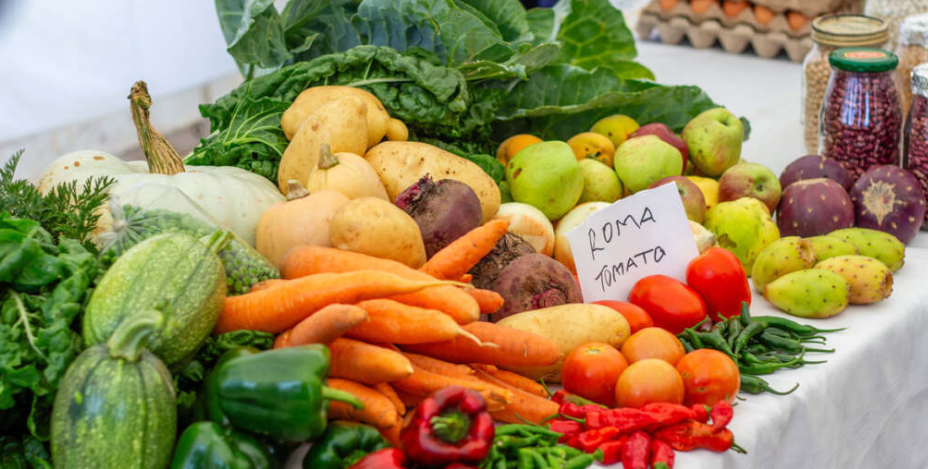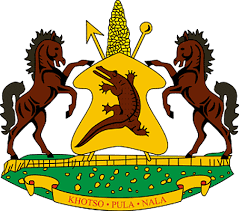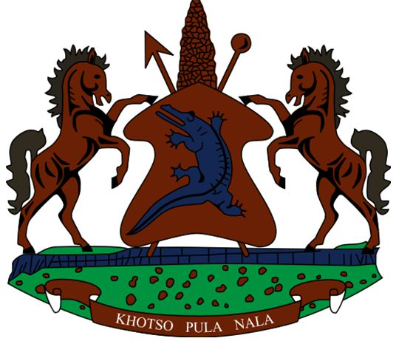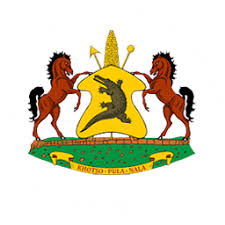… Healthy eating in Lesotho now costs more than in any Southern African country
Lesotho now has the highest cost of a healthy diet in Southern Africa, and among the highest on the African continent, according to the newly released 2025 edition of The State of Food Security and Nutrition in the World (SOFI) report.
The report, jointly published by the Food and Agriculture Organisation (FAO), UNICEF, WHO, IFAD, and WFP, shows that by 2024, the cost of a healthy diet in Lesotho reached US$5.24 per person per day (measured in purchasing power parity dollars).
This marks a staggering 46 percent increase from 2017, when the cost stood at $3.59.
Lesotho’s figure is higher than all other countries in Southern Africa, including Namibia ($4.67), Eswatini ($4.21), Botswana ($4.21), and South Africa, which had the lowest in the subregion at $3.89.
Across Africa, only a few countries have a cost of healthy eating higher than Lesotho’s. They are Egypt ($6.38), South Sudan ($8.39), and Mauritania ($5.40).
Lesotho’s cost is even higher than the continental average, which stands at $4.41, and above the average for low-income countries globally.
Monitoring the affordability of healthy diets, according to the report, is essential for informing policies aimed at improving food security and nutritional outcomes, thereby contributing to the achievement of SDG Targets 2.1 and 2.2.
The cost of a healthy diet (CoHD) for each country is an estimate of the minimum cost of acquiring a healthy diet, defined as a diet comprising a variety of locally available foods that meet energy and most nutrient requirements.
The State of Food Security and Nutrition in the World 2025 analyses the root causes of recentfood price inflation and its impact on globalfood security and nutrition.
It specificallyinvestigates how rising food prices have affectedconsumers’ disposable income and their ability toaccess food.
The report also explores the effectsof inflation across different food groups andexamines changes in the affordability of healthydiets.
Additionally, it highlights successfulpolicy responses at the country level, identifyingpractical solutions to address the twin challengesof rising food prices and increasing levels of foodinsecurity and malnutrition.
This 2025 edition provides policymakers with a suite of policies necessary for addressing food price inflation while advancing global progress towards ending hunger, food insecurity and all forms of malnutrition, and making healthy diets affordable for all.
“Food prices rose throughout 2023 and 2024, pushing up the average cost of a healthy diet globally to 4.46 purchasing power parity (PPP) dollars per person per day, up from 4.30 PPP dollars in 2023 and 4.01 PPP dollars in 2022,” the report read.
“Despite the increase in food prices over 2024, the number of people unable to afford a healthy diet in the world fell from 2.76 billion in 2019 to 2.60 billion in 2024, fuelled by an economic recovery from the pandemic that has, nevertheless, been uneven across regions and country income groups,” it added.
In recent years, the percentage and the number of people unable to afford a healthy diet decreased significantly in Asia and marginally in Latin America and the Caribbean, Northern America and Europe, and Oceania.
In Africa, on the other hand, the percentage rose from 64.1 percent in 2019 to 66.6 percent in 2024, corresponding to an increase in the numbers from 864 million to 1 billion.
The unequal recovery is even more evident across country income groups. The number of people unable to afford a healthy diet in low-income countries has been steadily increasing since 2017, whereas in upper-middle- and high-income countries, the number has been declining since 2020,” the report read.
“In lower-middle-income countries, the number decreased from 2020 to 2024, but this improvement is mainly explained by the significant decrease in unaffordability in India,” it added.
In countries like Lesotho, where unemployment is high and poverty levels are staggering, the rising cost of a healthy diet means that a significant portion of the population cannot afford nutritious food.
The immediate impact of unaffordable nutrition is increased food insecurity. Families are often forced to reduce portion sizes, skip meals, or substitute nutritious foods with cheaper, calorie-dense but nutrient-poor alternatives.
This contributes to rising levels of malnutrition, especially among children and pregnant women, leading to conditions such as stunting, anemia, and low birth weight.
The long-term effects are equally concerning, as malnutrition during early childhood can impair cognitive development and reduce educational outcomes, undermining the potential of future generations.
Health systems are also deeply affected. Poor diets are associated with a growing burden of non-communicable diseases such as diabetes, hypertension, and heart disease. These illnesses strain public health resources, reduce workforce productivity, and increase household vulnerability as families are pushed into debt trying to manage chronic conditions.
In a country already under pressure to meet basic healthcare demands, this creates an unsustainable cycle of poverty and illness.
Moreover, the rising cost of a healthy diet exacerbates inequality. While wealthier households may absorb food price increases with minimal disruption, poorer communities are pushed further to the margins.
This deepens existing social divides and increases the risk of social unrest, particularly in contexts where government support is limited or ineffective.
The economic implications are far-reaching. A population that cannot afford to eat well cannot be expected to learn effectively, work productively, or contribute meaningfully to national development.
Summary
- Lesotho now has the highest cost of a healthy diet in Southern Africa, and among the highest on the African continent, according to the newly released 2025 edition of The State of Food Security and Nutrition in the World (SOFI) report.
- The cost of a healthy diet (CoHD) for each country is an estimate of the minimum cost of acquiring a healthy diet, defined as a diet comprising a variety of locally available foods that meet energy and most nutrient requirements.
- In recent years, the percentage and the number of people unable to afford a healthy diet decreased significantly in Asia and marginally in Latin America and the Caribbean, Northern America and Europe, and Oceania.

Authored by our expert team of writers and editors, with thorough research.







